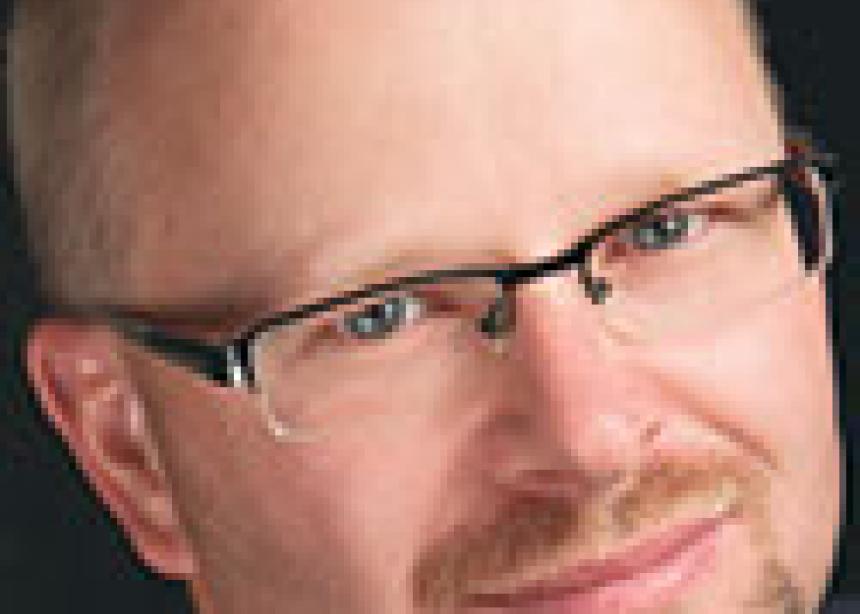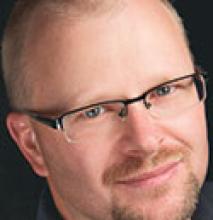My city had a year of sorrow sadly stamped by the death of Julie Paskall on Dec. 29. It was Surrey’s 25th murder of the year. The 53-year-old mom was randomly beaten to death in an arena parking lot where she had stopped to pick up her teenage son. While we can compartmentalize gang- or drug-related violence into the category of tragic but not unexpected, how are we to live in a world of senseless violence like this?
Two opposing thoughts ran through my head following her murder that are consistent with what psychologists refer to as “fight or flight.” On the one hand, there is the desire to retreat into a more protected world in order to find safety for those you care about by any means possible. On the other hand, there is the desire to do something that will contribute to the healing of the city, to engage more deeply, or stand in the gap and fight for a different way. Which is the right thing to do?
That’s not an easy question. As a follower of Jesus, I must employ discernment because it would seem there is a time for everything. Ecclesiastes reminds us of the reality of these life tensions: a time to cry and atime to laugh, a time to tear and a time to mend. Such wisdom normalizes our quandaries and teaches us to accept the conflicting seasons of life, but can’t it also lead to indifference and fatalism?
When we look at the life of Jesus, we find he too lived with this fight or flight tension. He seemed content to leave some places where opposition reigned, retreating to sunnier climes, and even taught his disciples to “shake off the dust” and not put up a fight where the odds are stacked against you. And then, conversely and gloriously, at the Cross he walked directly into the fray, submitted to the will of the Father and fought the good fight to the bitter end. Jesus seemed to read the seasons and know what was required of him in each.
Evil, too, seems to have its seasons. The Devil, beaten in his temptation of Christ, retreats for a more “opportune” time. This seems to indicate a perilous vulnerability to life that is a combination of the seen and the unseen, times when we have nothing to fear and times when we are seemingly stalked, at least spiritually. Evil seems to operate in the same fight or flight reality.
This becomes very practical in the cities, boroughs and sideroads we live in. How are we to discern when fight or flight is the right?
Human history is full of inspiring tales of both. We can applaud the courage of both Bonhoeffer, who dug in and fought the Nazis in the Second World War, and the Mennonites, who retreated with the Nazis to escape the terror of the Soviets. Was one more righteous than the other?
In hindsight, we can claim the right to judge, but there was no hindsight in the midst of their moment of decision, just as there is no hindsight afforded us in the midst of ours.
So what are we to do? We must learn from history and weigh the options, and surely we must engage in the conversation of community. But as I ponder the season my own city is in, I am profoundly aware of my powerlessness and I am called again to the hope of prayer. Prayer aligns our hearts with heaven, cuts through the haze of our shortsightedness and connects our very earthly circumstances with the spiritual and eternal.
I see here that this is precisely where Jesus turned when Satan returned in his “opportune” time: he prayed and called his sleepy disciples to pray with him. It seems so simplistic. And yet if we are to know what this season requires of us, ought we not begin there too?
Phil Wagler (phil_wagler@yahoo.ca) and his family live, serve and pray in the rapidly growing city of Surrey, B.C. He is the author of Kingdom Culture.
--Posted Jan. 15, 2014



Add new comment
Canadian Mennonite invites comments and encourages constructive discussion about our content. Actual full names (first and last) are required. Comments are moderated and may be edited. They will not appear online until approved and will be posted during business hours. Some comments may be reproduced in print.